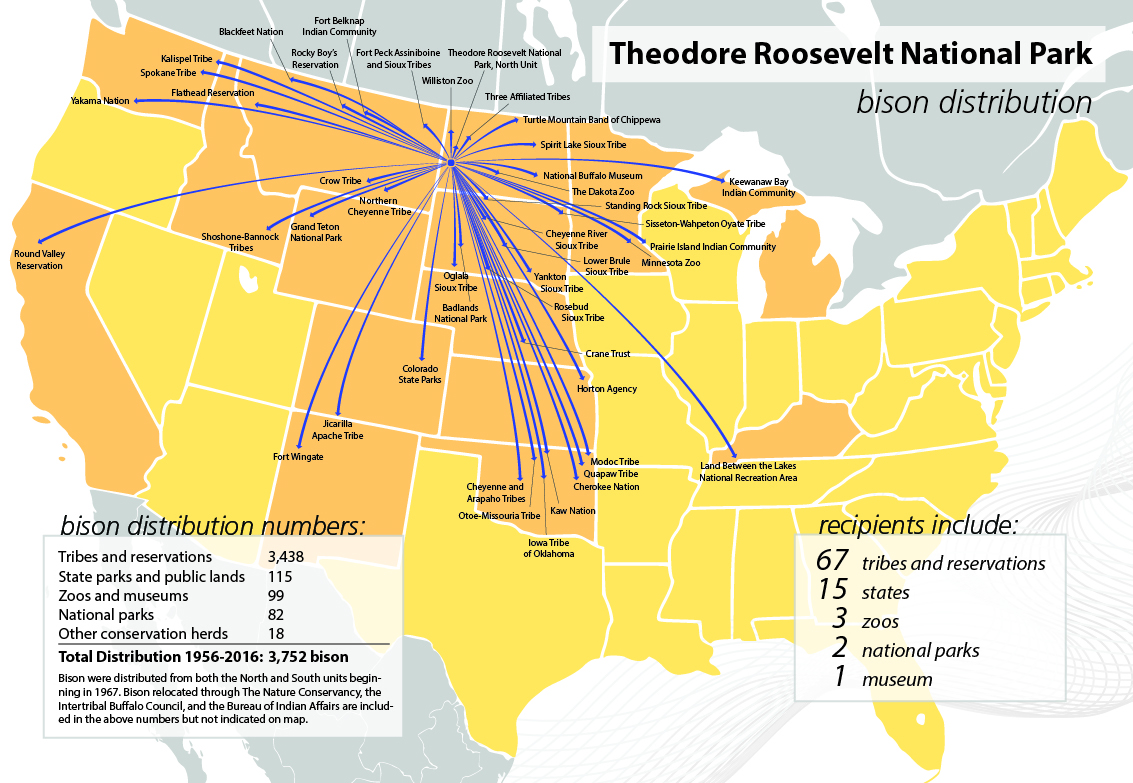

- Cartographica copy between maps how to#
- Cartographica copy between maps code#
- Cartographica copy between maps download#
During the 20th century, mapping skills were greatly refined in Canada. Using the marine chronometer), the major gaps in the map of Canada were filled. The maps of theġ6th century were rough and often conjectural maps of the French period became more accurate in the better-known areas and after 1800, with the widespread use of the sextant and advanced astronomical techniques for determining longitude (for example, In Canada, Indigenous people drew maps on the ground and in the snow, and sometimes committed them to media such as animal skins or bark. The earliest map to survive, drawn about 2300 BCE on a clay tablet, was found in the Middle East. Cartographic documents have been used as vehicles of communication by different cultures for many millennia P.Cartography is the art, science and technology of making maps, plans, charts and globes representing Earth or any celestial body at any scale. P = municipal_ot(column='GeboorteRelatief_25', The thematic map can now be drawn with plot(). Municipal_boundaries = pd.merge(municipal_boundaries, data, # Link data from Statistics Netherlands to geodata The birth rates can be combined with the boundaries with merge(). Municipal_boundaries = gpd.read_file(geodata_url) # Retrieve data with municipal boundaries from PDOK The geodata is retrieved via the API of the Dutch National Georegistry of PDOK and read with read_file() from geopandas.
Cartographica copy between maps download#
# Download birth rates and delete spaces from regional identifiersĭata = pd.DataFrame(cbsodata.get_data('83765NED', select = ))ĭata = () The selected data can be retrieved with cbs_get_data(), where the desired columns can be picked with select. It's common in thematic maps to use ratios instead of absolute numbers so that regions of different sizes can be compared. The table consists of 147 columns and birth data can be found in GeboorteTotaal_24 and GeboorteRelatief_25. Metadata = pd.DataFrame(cbsodata.get_meta('83765NED', 'DataProperties')) The names of the columns with data about births can be found in the metadata of the table with key demographic figures. The pandas library contains standard tools for data science and is used for convenience. This example uses geopandas for working with geographical data.

Labs(title = "Levend geborenen per 1000 inwoners, 2017", fill = "") + The thematic map can be drawn with ggplot2 from tidyverse.

Left_join(data, by=c(statcode="WijkenEnBuurten")) The geodata is retrieved via the API of the Dutch National Georegistry of PDOK and read with st_read() from sf. Mutate(WijkenEnBuurten = str_trim(WijkenEnBuurten), The tidyverse library is a collection of R packages designed for data science and is used for convenience. This example uses sf for working with geographical data. The Dutch versions of these examples have been combined into a GitHub repository.
Cartographica copy between maps code#
The code examples can be copied easily to the clipboard by clicking the "Copy" button in the code block. Please be aware that regional boundaries change regularly and make sure to choose the right geodata. More information about this API can be found in its documentation. In this tutorial the API is used to ensure all maps are up to date. This geospatial data can be downloaded in several formats including Shapefile and GeoJSON, but it is also possible to retrieve geodata automatically via the API.

The dataset "CBS Gebiedsindelingen" contains the most-used regional boundaries. Statistics Netherlands publishes spatial data via PDOK (Publieke Dienstverlening Op de Kaart). The prerequisites for this tutorial are covered in the Quick start guide.
Cartographica copy between maps how to#
This tutorial shows how to create a thematic map in R or Python by linking spatial data to data about birth rates from Statistics Netherlands. Many datasets contain regional statistics.


 0 kommentar(er)
0 kommentar(er)
